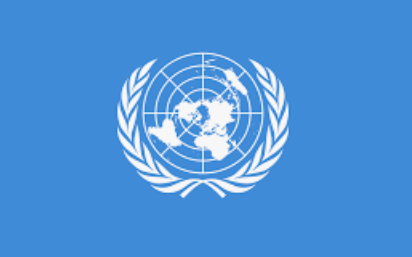United Nations Millennium Action Plan

As Published by the WHO
Global health today is marked by a persistent divide in access to health services, paralleling the divide in information and communications. To attain health equity, relevant information – and the technologies to deliver it – must be widely available and effectively used. New technologies hold great potential for improving health care, primarily by increasing the quality, relevance and flow of information to health personnel. However, in many countries, we are far from having exploited this promise. This is due not only to financial, technological and infrastructure challenges as the term “digital divide” suggests, but also because the real needs of the users – which vary greatly due to educational, social and cultural differences – are often overlooked.
In September 2000 the Secretary-General of the United Nations launched a public-private initiative to bridge the digital divide in health. Led by the World Health Organization, the Health InterNetwork brings together international agencies, the private sector, foundations, non-governmental organizations and country partners under the principle of ensuring equitable access to health information. The aim is to improve public health by facilitating the flow of health information, using the Internet.
Health information – relevant, timely and appropriate – must become unrestricted and affordable worldwide, so that all communities can benefit from this global public good.
The focus of the Health InterNetwork is on improving the information environment of health personnel: professionals, researchers and scientists, and policy makers. The core elements of the project are content, Internet connectivity and capacity building.
I. Content: to deliver effective public health services
The Health InterNetwork portal will provide a shortcut to high-quality, relevant and current information on public health. Users will be able to access statistical data, scientific publications and information for health policy and practice, as far as possible in their own language. In addition the portal will make available a range of information technology health applications such as geographical information systems and epidemiological tools, as well as courses and training offered through distance learning.
Particular attention will be given to the production and publishing of local and regional public health information that is currently unavailable electronically. Country needs assessments are being conducted to prioritise and guide content development.
A content advisory group will guide the selection of core public health content and establish the process for making it available. The academic and private sectors, along with local partners are contributing their knowledge and experience in developing and publishing information, as well as contributing content itself.
II. Connectivity: for information and communication
Starting on a small scale and rolling out over a 7-year period, the Health InterNetwork seeks to establish and equip more than 10,000 Internet-connected sites. The logistics of supplying, delivering and installing hardware and software, Internet connectivity and providing maintenance will involve non-governmental organizations and corporate and local private sector partners. This work will be guided by a technology advisory group and based on local e-readiness assessments.
III. Capacity building: to create an information environment
Finding, evaluating, using and managing information is a significant challenge in public health settings all over the world. Health InterNetwork training will concentrate on building the skills needed to put information into action: 1) information access and use in daily work, 2) basic computer and Internet skills, and 3) hands-on training to use specialized public health products. The development and delivery of training courses, adapted to fit different information environments, will be guided by a training advisory group.
Status
The Health InterNetwork is currently in its 12-month planning and pilot phase. This phase involves testing concept validity and feasibility, and building the content of the Health InterNetwork portal, based on identified needs and stressing priority public health programs. The Access to Research Initiative, where over 1000 international biomedical journals will be made available free or nearly free for many developing countries, is in the process of being further elaborated for implementation in January 2002.
For further information
Dr Michael Scholtz; Special Representative of the Director-General: scholtzm@who.int
Dr Joan Dzenowagis; Project Manager, dzenowagisj@who.int
As published by the WHO here.


